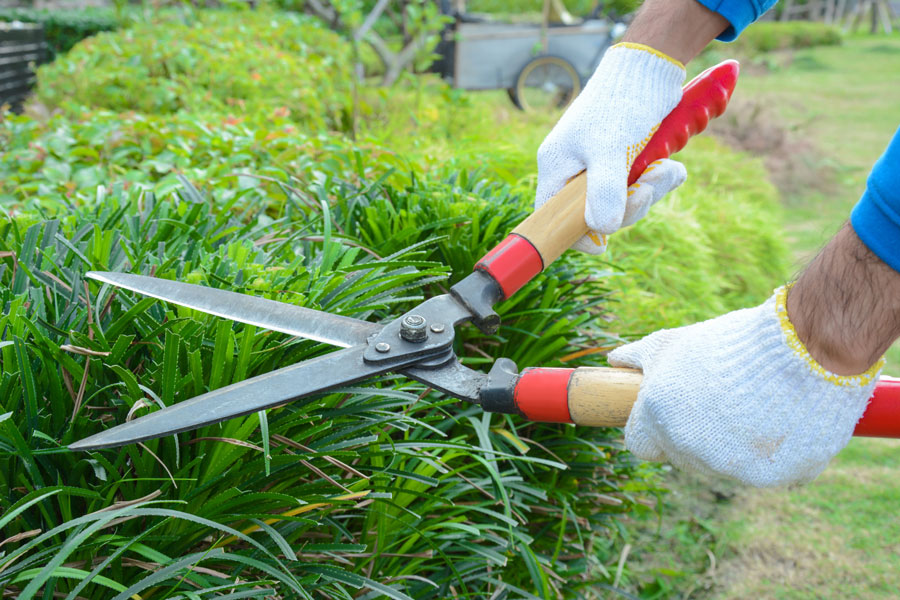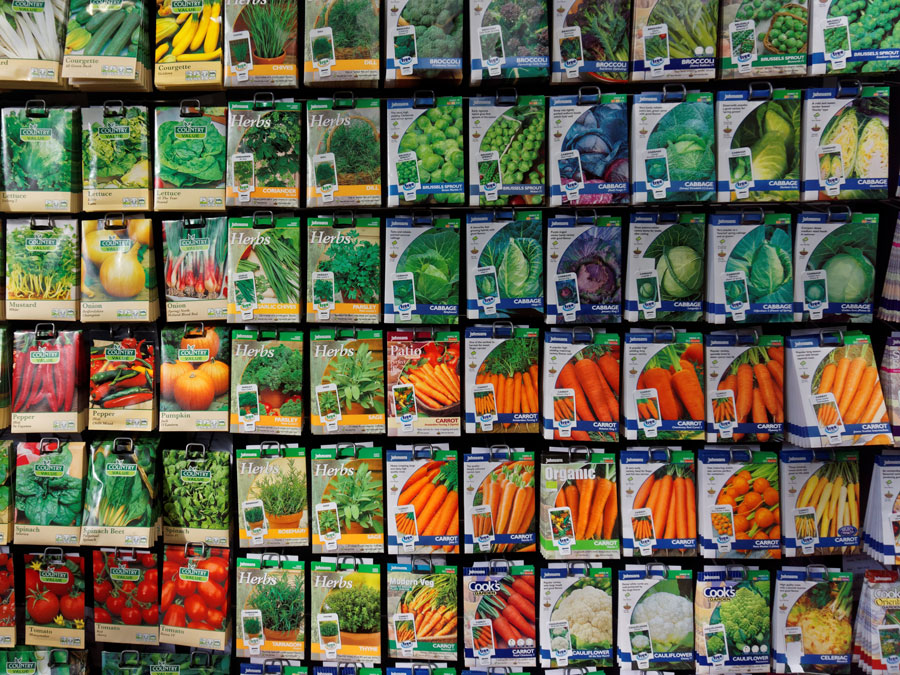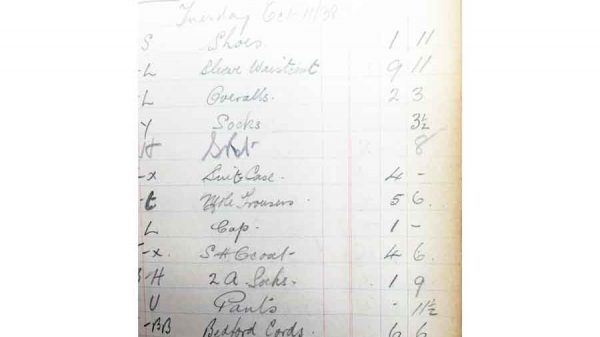As the days draw out my thoughts turn to what I should be doing in the garden, but like most I find it hard to venture out if its pouring with rain or icy outside, preferring instead to delay my exodus into the garden by making another cup of tea (other hot beverages accepted). I used to work with a gardener at Golden Acre Park in the early 1970’s who always had a pint pot of tea at break time, a huge mug that would last a good 15 minutes. These days there are fancy insulated cups which are supposed to keep the drink hot for longer and designed for people on the go, but let’s face it the pleasure of the cup of tea is as much for relaxation and contemplation as a warm drink.

Enough of my daydreaming its time to tackle a few jobs in the garden, wrap up warm and grab your secateurs and shears, its time to start trimming back grasses, but a word of caution, not all grasses need cutting back, if the grass is an evergreen, it will undoubtably have some dead leaves, wearing stout gardening gloves comb your fingers through the plant and the dead leaves should come away, leaving the green ones to provide colour and shape. Grasses that die down completely can be cut down to about 7.5cm (3ins) from the ground. Before you start cutting back grasses gently move the leaves apart and if there are signs of new growth then cut to that height. If you cut new growth the leaf will develop with a cut at the end spoiling the effect of long arching leaves. Pampas grass can provide a very dramatic display but keeping it tidy can be a challenge, the leaves are razor sharp so never try to pull them off. If the plant is really untidy then the whole plant can be cut down in spring, again avoiding any signs of new growth. If your grasses have been in for a few years and are getting little too large for the space, spring is a good time to lift and divide the clumps, they can be replanted where they were before, they don’t generally need feeding but a weak liquid feed in late spring can help them establish. Grasses make good container plants too, used to soften bright colourful flowering containers adding texture and movement.
Snowdrops must be perhaps the most popular of all spring bulbs flowering with little regard to the weather conditions, I have often seen them pushing their way through a blanket of snow to display their pretty shapely flowers. There are enthusiasts with an insatiable passion for snowdrops who collectively are known as ‘Galanthophiles’ (the botanical name for Snowdrop is Galanthus). Recently a new cultivar of snowdrop was sold at auction for £1800.00 but thankfully the more common species are much more affordable and once established can be easily divided and spread around the garden. As the flowers fade snowdrops can be lifted and divided ‘in the green’ (still with green leaves), and are often sold in this state at garden centres and nurseries. They establish quickly and will gently seed around never needing much attention apart from dividing every few years. Happy in containers or borders amongst other plants or naturalised in grass areas.
There are quite a number of gardens that open during February inviting visitors to see their snowdrop displays. A search on the internet will reveal those closest to you, but perhaps one of my favourite gardens is York Gate in Leeds where the snowdrops display their charm in this intimate space.

As the year kicks off, we are bombarded with media promoting healthy eating which is great but don’t feel you need to rush headlong into sowing vegetable seeds or planting potatoes, its way too early. Instead start by doing a little research around what space you will need, what type of vegetables you like and more importantly how much time you have. Get the combination right and you will enjoy every mouthful of the things you produce.
The issue of space and time work hand in hand, so if you have limited time and/or limited space then start small, maybe a few containers with salad vegetables and leaves. Mixed leaves are quick and easy, ready to crop in four weeks they will regenerate after cutting and be good for a further three crops over a four to six week period. Salad onions and mini leeks are easy and fairly quick. From a March sowing you will be harvesting in about three months. Sow thinly in a 15cm (6inch) pot every two to three weeks from March and you will have a steady supply until early autumn. Small veg grown this way are great for salads or stir fries. If you have a few larger containers then mini veg cultivars of carrot, broccoli, cauliflower, beetroot, french beans and even peas are a great thing to try. Using a general purpose compost, and liquid feed you will be surprised just how easy it is. Keep an eye out for pests and make sure the containers don’t dry out.
Happy Gardening,
Martin
Next month, time to start sowing seed, don’t forget your flowering bulbs, seasonal lawn care.







